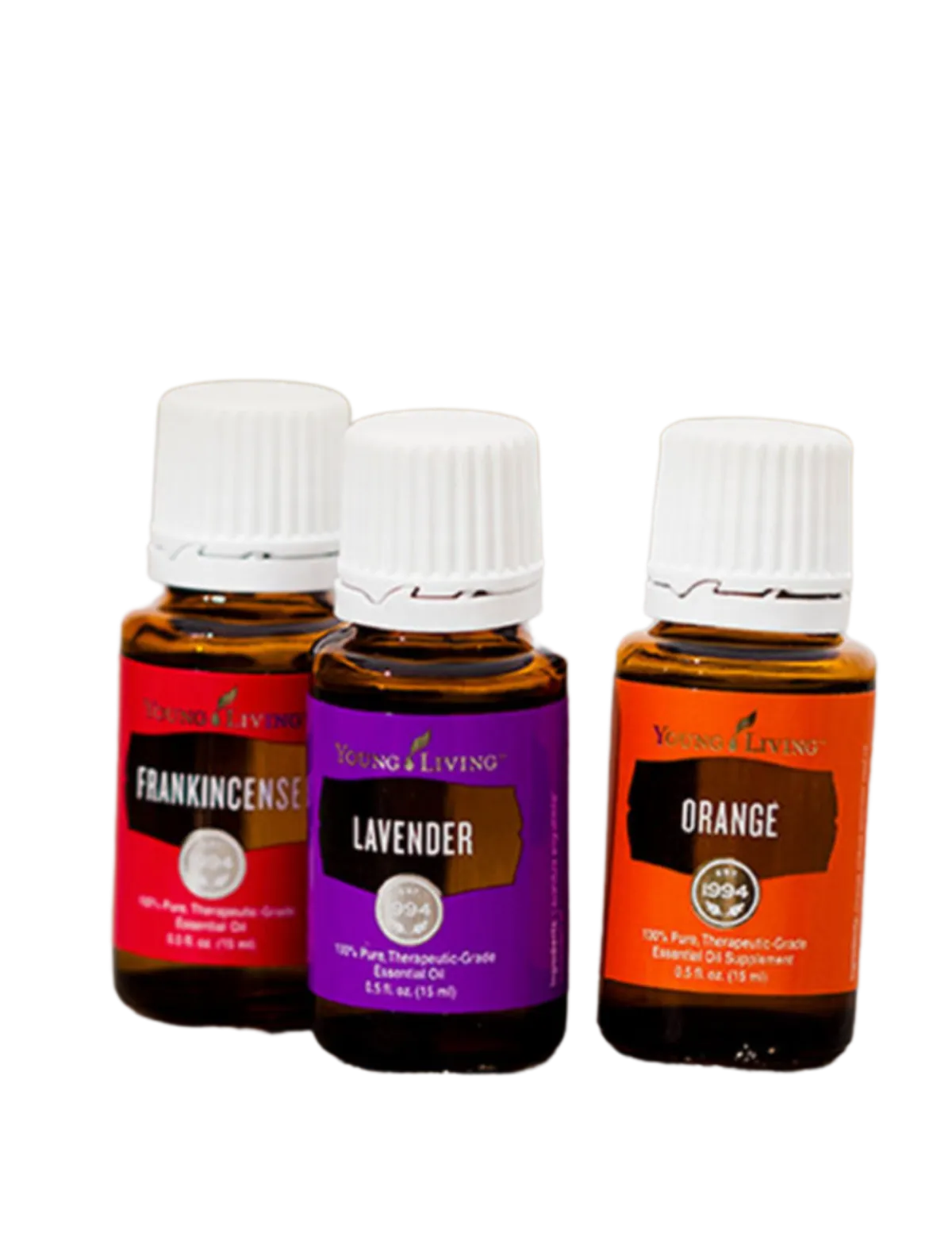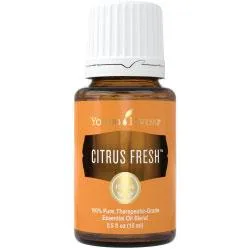Start your healthy lifestyle: Get A Free Coaching Call
Love yourself enough to live a fully healthy lifestyle... right now.
For me, essential oils are an essential part of living this lifestyle—releasing toxins from both body and environment.
Essential oils have a profound effect on our health and well-being. Our sense of smell is the only one of our five senses that transmits impulses to a part of our brain called the limbic system—the seat of our emotions—where anxiety, fear, anger, depression, and joy originate. As a result, this area controls heart rate, blood pressure, breathing, memory, stress levels, and hormone balance.

I chose Young Living Essential Oils for their unique Seed to Seal process and because they’re the only company that owns their own fields. From the time the seed is sourced until the oil is sealed in the bottle, they carefully monitor production and apply rigorous quality controls—resulting in the industry’s purest therapeutic oils.
Other brands sold in-store contain carrier oils that can cause them to go rancid. The first Young Living oils I tried were Progessence Plus™ Serum (helping support the hormone system) and EndoFlex™ (helping to support the thyroid).
These oils were my game changer but I encourage you to do your own research and choose what works for you.

Wait, What Exactly is an Essential Oil?
An essential oil is referred to as the “life blood” of the plant. It is an aromatic, volatile liquid within plant parts such as branches, fruits, shrubs, bark, needles, flowers, roots, bushes, and seeds. When carefully and properly extracted, essential oils are far more potent than their herb form. When applied topically, essential oils can penetrate the skin and travel throughout the entire body within minutes.
“I fell in love with how these little bottles of awesomeness have changed my life. They’re my go-to for everything from aches and pains to uplifting my mood."
Stef Freeman

A Sensory Journey for Body & Mind

Soothe
- Acceptance™
- Forgiveness™
- Peace & Calming™
- Release™
- Stress Away™

Enliven
- Abundance™
- Build Your Dream™
- Citrus Fresh
- Clarity™
- Highest Potential™

Balance
- Brain Power™
- Harmony™
- Joy™
- Sacred Frankincense™
- Valor™
The Non-toxic Home
Create an environment for living with great purpose.
Being healthy isn’t only about what you eat. Part of living a healthy lifestyle is about getting the toxins out of your home as well. Formulated with Thieves essential oil, Thieves all-purpose cleaner can be used on any surface in the home for dusting, spot cleaning, scrubbing, or any other cleaning. It’s the only cleaning product I use in my home! Not only is it non-toxic, it’s super affordable. Dishwasher powder, dish soap, fruit and veggie soak, laundry detergent, waterless hand purifier, and wipes are also available.
VIDEO Stef talks about common household toxins on Coast Live.

3 Ways to Use Essential Oils

Aromatically
Inhale directly (straight from the bottle); Diffuse them (add water to fill line of your diffuser, then add a few drops of your favorite oil); or add a few drops of oil into a bowl of hot water, cover your head and bowl with a towel, and breathe deeply.

Internally
Add a drop of essential oil to a glass of water or rice milk; or put several drops into an empty vegetable capsule and swallow with water.
Psst! Put rice into a small bowl and as you fill the capsules, stand them up because they can leak and get sticky. By the way, citrus oils will eventually dissolve veggie caps, so either add a carrier oil or take the capsule immediately.

Topically
Roll onto desired area with rollerball; or massage a few drops of essential oil and a carrier oil of your choice (like olive, grapeseed, V-6, or coconut oil) onto preferred parts of the body.
Another option is to allow 1 drop of oil to fall into your non-dominant hand, take your “peace fingers” of your dominant hand and rub the oil in 3 clockwise circles to activate the oil to your energy. Rub your palms together and cup hands over nose and mouth (without touching oil to your eyes!) and inhale the oil, taking it into all of your cells. Then, using your intuition, apply the oil on your body wherever you feel like you need it most (back of the neck, abdomen, bottom of the feet, etc).
Topical Tip
Applying oils to the bottom of the feet is a wonderful way to use the oils—especially for kids—because the skin is less sensitive and the biggest pores are located here, allowing the oils to be absorbed faster. And, there’s a complete network of Vita-Flex points (imagine a map of your body on your feet) that stimulate all internal body systems.
Quality Matters
The vast majority of essential oils are extracted using high heat, high pressure, and chemical solvents. Although the final product may still contain the aroma of the plant, these harsh processing methods destroy the therapeutic qualities of the oils. Using lesser-quality oils for therapeutic purposes is never recommended and can be extremely toxic.
It’s also difficult to tell the true quality of the oil because there are no standards when it comes to labeling a bottle of essential oil. Organic terms and descriptions like “all natural,” “therapeutic-grade,” or “100% pure essential oil” are often used to make a product sound better than it actually is. In the industry, we call this greenwashing—promoting the perception that a company’s products, aims, or policies are environmentally friendly. Companies that are mass-producing cheap oils ($8-12) pay very little attention to the way oils are processed.
Although there isn’t a lot of regulation, there are two key guidelines from the Food and Drug Administration (FDA) that are not only important to understand about oils, but about any product labeled “natural.”
While the FDA and Federal Trade Commission (FTC) does require ingredients to be listed under the Fair Packaging and Labeling Act (FPLA), this law is not allowed to be used to force a company to tell “trade secrets.” This means that if a company’s essential or fragrance oil constituents are covered by the trade secret status, they are not required to divulge their ingredients. They can still claim it as “pure.”
Another regulation states that “The law treats ingredients from plants the same as those from any other source….” In practice, this means that as long as the chemical profile matches lavender, a company can put a synthetic lavender in the bottle and pass it off to consumers as 100% pure—a label referencing nothing about the actual quality or source.
On a more positive note, the FDA has recently asked Gary Young, the founder of Young Living Essential Oils, to help set standards for essential oil labeling because of his expertise and Young Living’s meticulous practices. Just one more reason I trust in the quality of this brand!
Young Living Essential Oils Seed to Seal process

Discover Lifelong Wellness
Essential oils empower you to balance your mind, body and emotional state.
Become a Young Living member today! I'll guide you every step of the way.
steffreeman.com - All Rights Reserved 2022 - Terms & Conditions - Privacy Policy
Created by GEMdesignz | Hosted in GEM Software
